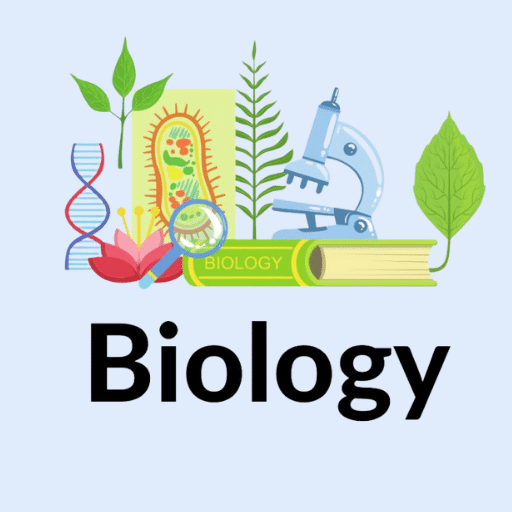Characteristics of living things | Year 7 Biology (Cambridge) PDF Download
Introduction
In this chapter, we will learn about the characteristics of living things, also known as organisms. These characteristics are features that all living organisms share, whether they are animals, plants, bacteria, fungi, or protists. To help remember these features, we use the acronym "MRS GREN."
Each letter stands for one of the key features that living organisms possess:
- Movement
- Respiration
- Sensitivity
- Growth
- Reproduction
- Excretion
- Nutrition
Movement
- Movement refers to the ability of organisms to move. This can be the movement of the whole organism, like a cow walking in a field, or just part of the organism, like a plant turning its leaves towards the sun.
- Example:
- Animals move their entire bodies to find food or escape predators.
- Plants move parts of their bodies, such as leaves, to optimize sunlight absorption.
Respiration
- Respiration is the set of chemical reactions that occur in cells to break down nutrient molecules like sugars and release energy for metabolism. Metabolism includes all the chemical processes that keep an organism alive.
- Example:
- Humans and animals breathe in oxygen to break down food molecules and release energy.
- Plants respire by using oxygen to break down the sugars they produce during photosynthesis.

Sensitivity
- Sensitivity is the ability to detect and respond to changes in the internal or external environment. This can also be referred to as sensitivity and control, as it involves detecting changes and controlling the internal environment.
- Example:
- Humans sweat to cool down or shiver to warm up in response to temperature changes.
- Plants can detect light, water, and temperature and respond by growing towards light or closing their stomata to prevent water loss.
Growth
- Growth means that organisms can grow and get larger. Technically, it refers to a permanent increase in size and dry mass (the mass of an organism without water).
- Example:
- A kitten grows into an adult cat.
- Bacteria grow from smaller cells to larger cells.

Reproduction
- Reproduction is the process that produces more of the same kind of organism. It ensures the continuation of a species.
- Example:
- Cats reproduce by having kittens.
- Bacteria reproduce by dividing into two smaller bacteria.
 |
Download the notes
Characteristics of living things
|
Download as PDF |
Excretion
- Excretion is the removal of waste products of metabolism and substances in excess of requirements. This includes getting rid of waste like urea and carbon dioxide and excess substances like water and mineral ions.
- Example:
- Humans excrete urea in urine and carbon dioxide when breathing out.
- Plants excrete oxygen as a waste product of photosynthesis.
Nutrition
- Nutrition is the intake of materials for energy, growth, and development. Animals get nutrients and energy by eating and drinking, while fungi and bacteria absorb nutrients from their surroundings through diffusion or active transport.
- Example:
- Humans and animals eat food and drink water to get the nutrients they need.
- Fungi absorb nutrients from decaying organic matter.

Summary
These seven features are common to all living things. Anything that meets all these criteria can be considered an organism. Additionally, all living organisms are made up of one or more cells, which we will explore further in another chapter. It is important to note that viruses do not count as living things because they do not meet the seven requirements of MRS GREN. For instance, viruses do not grow or excrete waste.
|
7 videos|6 docs|3 tests
|
FAQs on Characteristics of living things - Year 7 Biology (Cambridge)
| 1. How do living things move? |  |
| 2. What is the importance of movement for living things? |  |
| 3. How do plants move without limbs or muscles? |  |
| 4. Can living things adapt their movement based on their environment? |  |
| 5. How does movement contribute to the survival of living things? |  |































